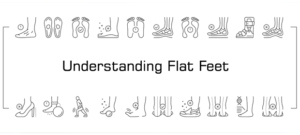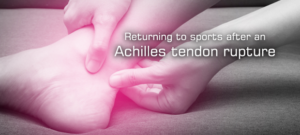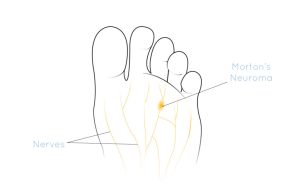Posterior Ankle Impingement
Pain behind the ankle (Os Trigonum):
What is posterior ankle impingement?
The ankle bone (talus) sits on the heel bone (calcaneus), forming a secondary joint in the ankle (the subtalar joint). At the back of the ankle bone are two small bony lumps (tuberosities), one on the inside and one on the outside. In about 15% of people, the outside lump is naturally separated from the talus, and is called the os trigonum.
Causes of pain behind the ankle:
The os trigonum can cause problems in people who regularly point their feet downwards sharply. It is most common in ballet dancers. When the os trigonum gets sandwiched between the bottom edge of the shinbone (tibia) and the top surface of the heel bone, the tissues above and below the os trigonum can become trapped, leading to inflammation and swelling.
The condition is known as posterior impingement.
Symptoms of posterior ankle impingement:
Posterior ankle impingement can cause tenderness by the ankle bone on the outside of your leg. Pain is usually worse when your foot is pointed down. You may also feel a painful clicking sensation as your foot is twisted in and out.
Diagnosing posterior ankle impingement:
Posterior ankle impingement can be diagnosed by X-rays. An MRI scan may be used in combination to help confirm the underlying diagnosis.
Treatment for posterior ankle impingement:
- Steroid guided injection
- Surgery to remove the bone spurs and damaged cartilage
Frequently asked questions
Sometimes a corticosteroid injection can help settle the posterior ankle impingement symptoms but in other cases a surgical procedure may be required. This may involve minimally invasively removing bone spurs and damaged cartilage to allow smooth motion in the ankle.
You will experience pain at the back of the ankle when you move it. See a podiatrist who can assess your ankle and consider requesting imaging, such as an X-ray or MRI.
Ankle impingement can sometimes settle with a therapeutic injection. Orthotics may also help with the mechanics of some impingements but often, surgery will be required.
Related Blogs
Thoughts and advice on foot health care from the Podogo team.


















































